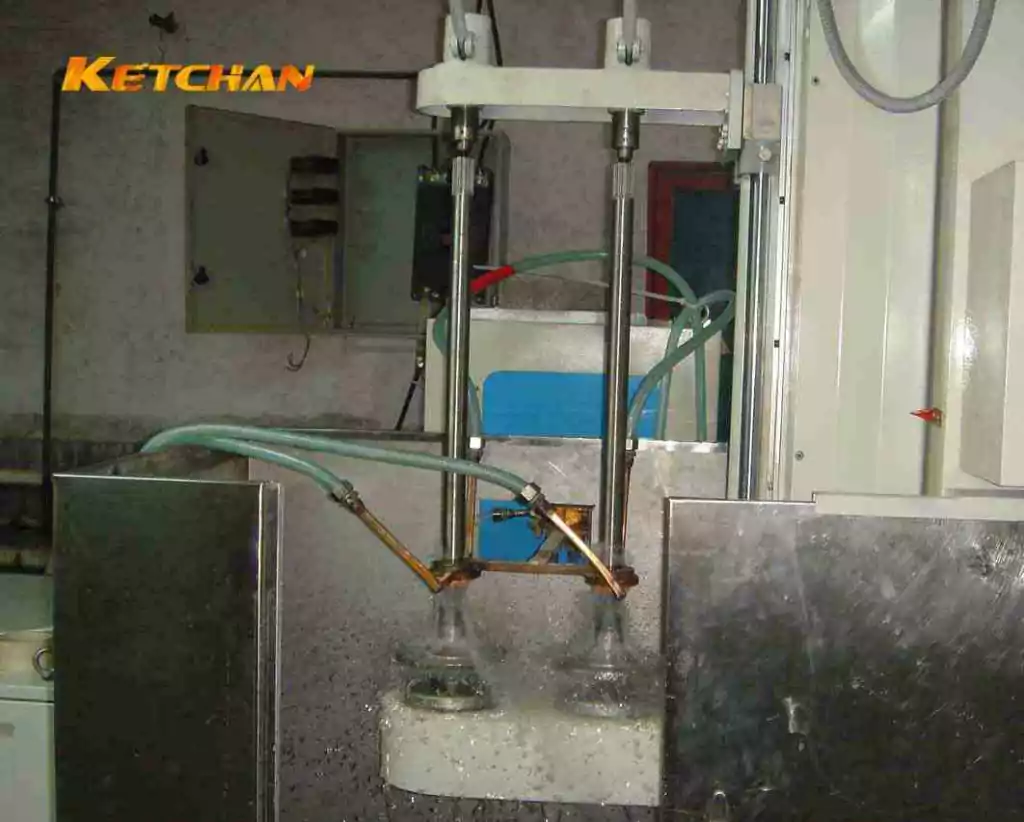Steel parts in the process of heat treatment will be deformed due to a variety of reasons, quenching defects, in the production and processing, steel parts after quenching the most prone to defects are deformation, cracking, oxidation, decarbonization, insufficient hardness or uneven and so on. In this paper, the prevention and remedy measures of heat treatment quenching deformation and cracking of steel parts are introduced.
On the deformation, cracking prevention method, we should be based on the cause of targeted prevention and remedy.
- Try to heat the workpiece evenly and correctly:
When the shape is complex or the interface size is very different, the deformation caused by uneven heating often occurs. Therefore, before loading the workpiece in the furnace, where there is no need to harden the hole and interface mutation, the asbestos rope should be used to plug or bind and other methods to improve its heating conditions. The special quenching fixture can be designed for some thin-wall rings and other easily deformed parts. These measures are conducive to uniform heating and cooling. - The correct choice of cooling method and cooling medium:
Precooling should be used as far as possible. Before the workpiece is quenched into the quenching medium, it should be cooled as slowly as possible to reduce the temperature difference within the workpiece. On the premise of meeting the requirements of depth and hardness of the hardened layer, the quenching medium with slow cooling is used as far as possible. Reasonable selection and use of stage or isothermal quenching process.

Double station induction hardening for half shaft
- Correctly select the way and running direction of quenching workpiece immersion in the quenching medium:
When quenching, the most uniform cooling should be ensured as far as possible, and the direction of the least resistance should be quenched. Mass production of thin ring parts, thin plate parts, complex shape of graph wheel and bevel gear, etc., in free cooling, it is difficult to ensure the requirements of dimensional accuracy. To this end, you can take the press quenching, the parts in a special press die, plus a certain pressure after cooling. Because the shape and size of the parts are limited by the mold, it is possible to limit the deformation of the parts within the specified range. - Timely and correct tempering:
In production, a considerable part of the workpiece, not in the quenching cracking, but because of quenching after not timely temper and cracking. This is because in the quenching stay process, the micro-cracks existing in the workpiece under the action of great quenching stress, fusion, expansion, so that its size reaches the critical fracture size, thus delayed fracture occurs. The practice has proved that quenching and tempering in time are effective measures to prevent cracking. For high carbon steel and high carbon alloy steel with complex shapes, timely tempering after quenching is particularly important.
